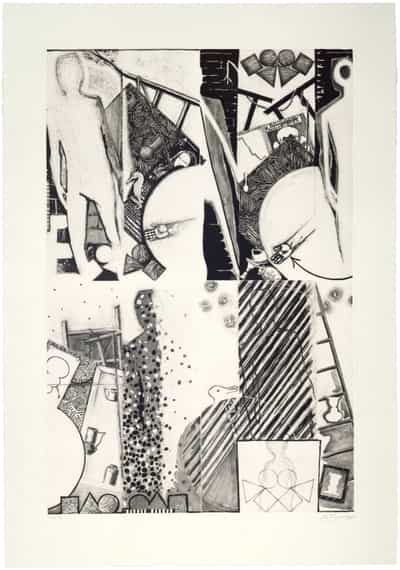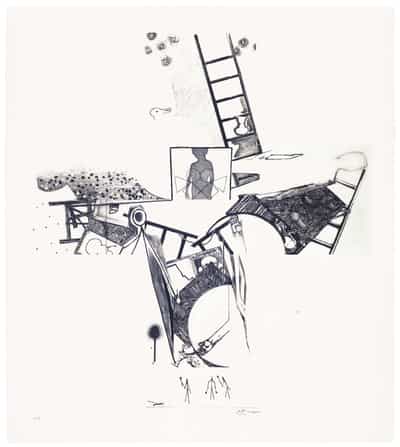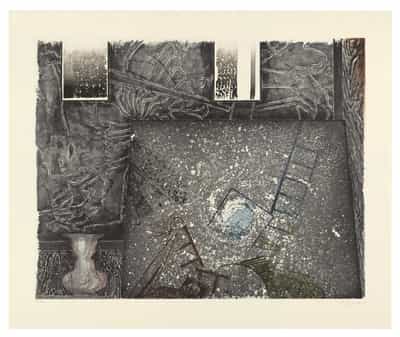About the Artist
B. 1930 Jasper Johns moved to New York in 1949 and began paintings influenced by abstract expressionism. Introduced to Robert Rauschenberg, John Cage, and Merce Cunningham in the mid 1950's, his work changed radically. The first of many one-person exhibitions at Leo Castelli Gallery (1958) led to his inclusion the following year in the Museum of Modern Art's landmark 16 Americans. One-person exhibitions of his paintings, drawings, prints, and sculpture have been organized by the Whitney Museum of American Art (1977), the National Gallery of Art 1990), and the Museum of Modern Art (1986, 1996).
Jasper Johns stands as an important bridge between abstract expressionism and pop and minimal art. Printmaking has long been an important part of the process for the artist. He first worked at ULAE in 1960. Initially, lithography suited Johns and enabled him to create print versions of iconic depiction of flags, maps, and targets that filled his paintings, such as Target, 1960. In 1967, Johns expanded his repertoire to etching and created Target I and Light Bulb. In 1971, Johns became the first artist at ULAE to use the handfed offset lithographic press, resulting in Decoy- an image realized in printmaking before it was made in drawing or painting. Since then, Johns has become a master of both media and continues making prints with subjects as varied as the seasons, creative reinterpretations of Holbein, and curious faces and features combined with everyday objects.



